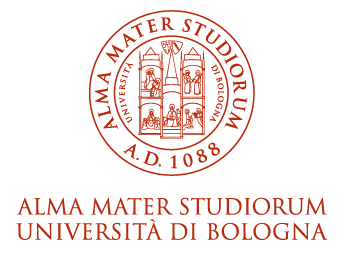- Docente: Pier Paolo Gatta
- Credits: 8
- SSD: AGR/20
- Language: Italian
- Moduli: Pier Paolo Gatta (Modulo 1) Federico Sirri (Modulo 2)
- Teaching Mode: In-person learning (entirely or partially) (Modulo 1); In-person learning (entirely or partially) (Modulo 2)
- Campus: Bologna
- Corso: Second cycle degree programme (LM) in Safety And Quality In Animal Production (cod. 5728)
Learning outcomes
At the end of this course, the student has knowledge regarding rearing and production systems of fish and shellfish, poultry species and rabbit. Furthermore the student gains knowledge on the different sectors involved in the production chain, the relationship between breeding factors and product characteristics, and the legislation in force acting on this fields. On the base of the knowledge acquired, the student will be able to manage farms of fish and shellfish, poultry species and rabbit and evaluate the product quality and how they may be manipulated or influenced by production operations.
Course contents
This course examines the characteristics of aquaculture systems as well as the production systems of the main poultry species and rabbit considering the overall production chain. Moreover the following topics will be also discussed: breeder management, reproduction and artificial insemination; influence of rearing systems, effects of nutrition and feeding on quanti-qualitative traits of production; legislation in force acting on welfare issues and rearing systems; quality traits of products in relation to their final destination and use.
Readings/Bibliography
Lecture notes.
Cerolini S., Marzoni Fecia di Cossato M., Romboli I. Avicoltura e coniglicoltura. Le Point Vétérinaire Italie, Milano.
•AAVV – Pubblicazioni FAO - State of the World Aquaculture 2006 (Full report); •ASSALZOO, Normativa sugli alimenti per animali, Edagricole, Bologna, 1997; •Brown L., Aquaculture for veterinarians : fish husbandry and medicine, Pergamon Press, Oxford, 1993; •De Silva S.S., Anderson T.A., Fish Nutrition in Aquaculture, Chapman & Hall, London, 1995; •Mc Donald E., Reenhalgh C., Nutrizione animale, Ed. Tecniche Nuove, 1992; •Viviani R., Elementi di Biochimica, Tomo secondo: Nutrizione e Metabolismo degli Animali, Ed. UTET, Torino, 1985;
Teaching methods
Teaching is offered mainly in a classroom. Remote teaching activities will run in parallel with classroom teaching activities (https://www.unibo.it/en/university/covid-19-The-measures-adopted-by-the-University-of-Bologna/lessons-exams-internships ). According to the health rules, it is strictly suggested to attend laboratories of the following two Departments: Veterinary Medical Science and Food Science at the sites in Ozzano Emilia, Cesena and Cesenatico. The programme of the course involves practical training in laboratory and/or technical visits at farms, slaughtering and processing plants, private enterprises, public institutions.
Assessment methods
The assessment is performed through oral examination for both aquaculture and poultry and rabbit culture, even though there is a optional multiple choise test "in itinere" related to the first part of the aquaculture programme. The oral examination takes place asking the student two questions on the lectures content. The final score will be calculated as the average of the scores obtained in aquaculture and poultry and rabbit production examinations.
Since September 2020 the assessments are in the presence. However, due to pandemia Covid-19, it could be possible an assessment online.
The assessment in aquaculture will be done by means of oral examination and/or multiple choise test along with open questions. Particularly there will be 15 multiple choise questions and every answer can score +1 if right, -1 if wrong e 0 if abstent. Again there are three open questions that can score +3 if right, -3 if wrong e -1 if absent.
Time available is 35 minuti. It is forbidden to consult books, lecture notes or computer media.
Maximum score is 30/30 e lode.
Minimum score is 18/30.
Oral examination
Score ranking:
Optimal knowledge of lessons contents along with high critical ability, will be evaluated around the maximum score (30-30L).
High knowledge of lessons contents along with good critical ability, will be evaluated between 27 - 29
Good knowledge of lessons contents along with fair critical ability, will be evaluated between 23 - 26
Sufficient knowledge of lessons contents along with sufficient critical ability, will be evaluated between 18 - 22
The final score will be calculated as the average of three Course parts taking into consideration the ratio of CFU
Teaching tools
Lectures, practical training in labs, visits to farms, slaughtering and processing plants.
Office hours
See the website of Pier Paolo Gatta
See the website of Federico Sirri
SDGs
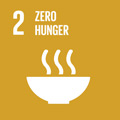
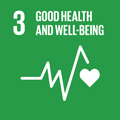
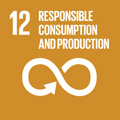
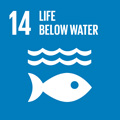
This teaching activity contributes to the achievement of the Sustainable Development Goals of the UN 2030 Agenda.
